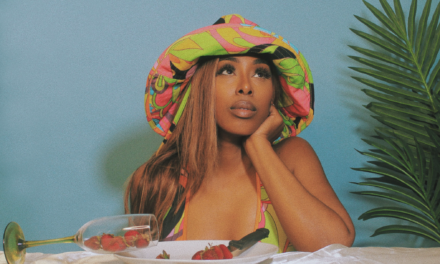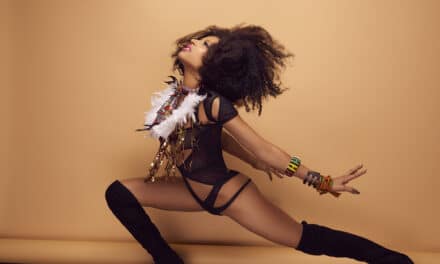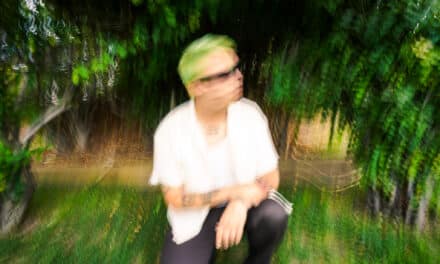The Urban Renewal Project is a sixteen-piece collective known for its genre-bending original music combining elements of jazz, hip hop and vintage soul, and its explosive live performances that have captivated audiences from SXSW to the Java Jazz Festival. Following a successful tour with Camp Lo to celebrate their collaboration on the track Don’t Ask Y and the subsequent placement of their single Shake Those Hips on Netflix’s The Circle, the group has been preparing their next full-length release, but with recent events rendering large ensemble recording and live performances impossible, the musicians spent the past year adapting to more intimate, home studio-oriented creative projects, including new multimedia concept Pᴏssᴇ Cᴏᴍɪᴛᴀᴛᴠs as well as session work for several forthcoming releases with producer Marlon “Chordz” Barrow (Ty Dolla $ign, BJ the Chicago Kid).
How did you get to where you are now?
We’re a collective of artists and music lovers from L.A. that came together to do something new and interesting with hiphop and a live band. Three albums and a handful of singles later, we’ve been very fortunate to collaborate with some incredible musicians and perform at amazing music festivals around the globe.
What is the song you’re the most attached to?
We did a track with legendary hip hop duo Camp Lo called Don’t Ask Y that I love to this day. All of the music we make is infused with an old-meets-new aesthetic, and this track perfectly captures both our modern sound and the nostalgia of old-school hip hop. Once we got Cheeba and Suede to rap with us, it was all over.
Who are your all time musical icons?
There are a lot of different answers to that coming from a group of 15+ people! My personal influences fall into 3 categories: rappers who produce themselves, like El P from RTJ, Tyler the Creator and MF DOOM (may he rest in peace); jazz musicians who later pioneered deep-pocket funk, like Herbie Hancock, Quincy Jones and Lalo Shifrin; and Damon Albarn from Gorillaz, who effortlessly transcends style, genre and decade.
What are some ways you keep your sound fresh?
Experimenting with new sounds always seems to get my gears turning. Picking up a different instrument or new piece of gear makes me want to create, even if I can’t make something useful with it. You never know where that little spark of inspiration might come from.
Tell us about your latest release and how it came about?
Our new record actually started as one such experimentation when on a whim, way back at the beginning of the pandemic, I bought a replica cornu, which is a war horn used by the Roman Legion in ancient times. I played around with it at home before crafting the beat you hear in Will to Survive, and when I sent it over to the rest of the crew, they were like, “this is fire, we have to make a track out of this.”
Do you have any peculiar pre or post show rituals?
I love to go out and have a good meal with my bandmates before or after a show. Unfortunately with the events of the past year, we haven’t been able to do that in a really long time. As a California resident, I am particularly missing one of our out-of-state favorites Waffle House and can’t wait to get over to Arizona sometime to eat there.
Was there ever a moment or a show that you are the most proud of so far?
Playing to a crowd of several thousand on the outdoor stage at Java Jazz Festival in 2018 has been the highlight so far. It felt like a culmination of everything we had previously done together—a validation of all the empty shows and long agonizing nights in the studio. The mere logistics of getting a 15-piece band to Indonesia are staggering on their own, so it almost seems like a miracle we were able to do it at all.





